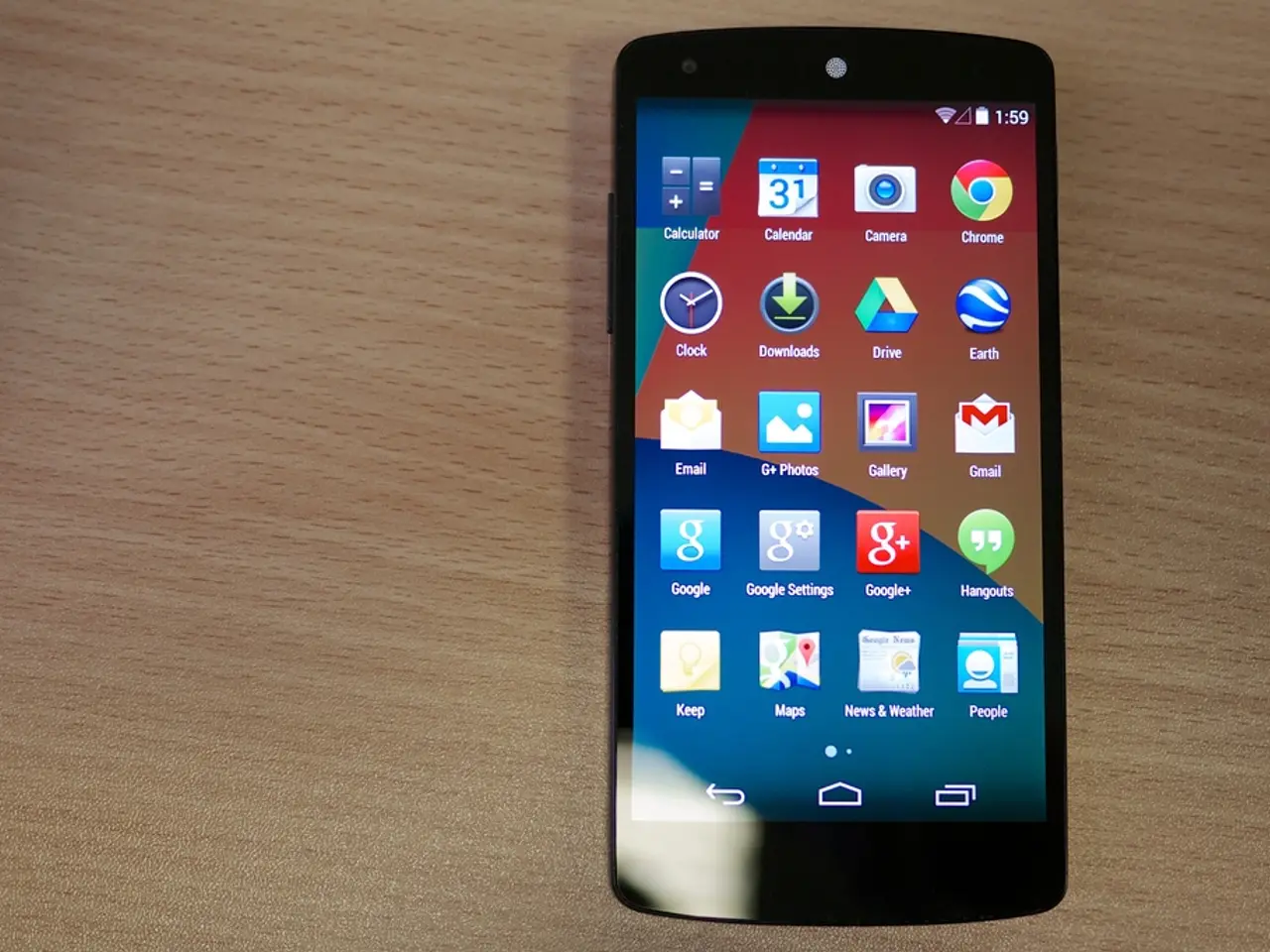Comparison Guide: Progressive Web Apps (PWAs), Native Apps, and Hybrid Apps - Understanding the Differences Completely
In the ever-evolving world of technology, businesses are constantly seeking the most efficient and cost-effective solutions for their application needs. Three popular options – Progressive Web Apps (PWAs), Native Apps, and Hybrid Apps – each offer unique advantages and disadvantages in terms of user experience, development cost, and performance.
User Experience
PWA (Progressive Web App)
Good, with improvements via service workers and caching allowing offline use; however, slightly slower and less integrated than native apps; uses web UI components which may feel less fluid.
Native Apps
Best UX with smooth animations, seamless access to device features (GPS, Bluetooth, camera), natural platform UI, and offline usage after install.
Hybrid Apps
Average UX that may lack native fluidity; limited access to native device features depending on plugins; suitable for simpler visuals and internal tools.
Development Cost
PWA (Progressive Web App)
Lowest cost; single codebase for all platforms; cheaper hosting and maintenance; faster to build, especially if team has web development skills; uses the same codebase as the website if applicable.
Native Apps
Highest cost; requires separate codebases for iOS and Android unless a cross-platform native framework is used; longer development and maintenance cycles; specialized platform skills needed.
Hybrid Apps
Moderate cost; single codebase reduces cost compared to native but more than PWA; faster to market; easier maintenance due to centralized updates.
Performance
PWA (Progressive Web App)
Moderate; slower response than native but improving with caching and service workers; low storage usage; dependent on internet connection for initial load.
Native Apps
Superior performance; optimized for each platform enabling smooth real-time data processing, high responsiveness, and better device-level encryption.
Hybrid Apps
Lower than native; performance depends on the framework but often less efficient due to limited direct access to native APIs; may not be suitable for highly demanding apps.
Additional Insights
- PWAs are ideal for businesses prioritizing cost-efficiency, fast time to market, ease of update, and broad reach without requiring full native device integration.
- Native apps fit businesses that require high performance, deep device integrations (like Bluetooth or background location tracking), superior security, and the most seamless user experience despite higher costs and longer time to market.
- Hybrid apps serve as a compromise, offering acceptable user experience and performance with easier development cycles and maintenance, especially useful for MVPs or less complex apps where ultimate device control is unnecessary.
Summary
- For the best UX and performance at a higher cost: Native apps.
- For the lowest cost and fastest development with decent UX, especially when leveraging existing web expertise: PWAs.
- For balanced cost and development speed with moderate UX and performance: Hybrid apps.
- PWAs rely on HTTPS for security, but they do not offer the same types of security for specific application schemes regarding personal or privileged information.
- A Hybrid App is a cross between a native application and a web application, usually launched using web technologies such as HTML, CSS, and JavaScript, but hosted inside a native shell, allowing access to native application stores.
- PWAs are an ideal solution for e-commerce websites, offering a seamless, app-like experience and improved user accessibility.
- Updates for PWAs can be pushed at once without forcing users to install new app versions, making maintenance and fixing bugs lighter compared to native applications.
- Native apps perform from the security that the operating system gives, including biometric identification, secure data storage, and encrypted data transmission.
- The choice between Progressive Web Apps (PWAs), Native Apps, and Hybrid Apps depends on the Type of the App, Target Audience, Budget, App Performance & Functionalities to be incorporated.
- Native Apps perform, update, and handle hardware operations at the highest level, making them useful for complex applications.
Read also:
- AI Inspection Company, Zeitview, Secures $60 Million Funding for Expansion
- Future of Payments: If the U.S. regulates stablecoins through the GENIUS Act, according to Matt Hougan
- Ongoing trade friction as the American administration levies fresh import taxes on goods arriving from China
- Exciting Activities and Productive Tasks You Can Perform on Any Personal Computer








